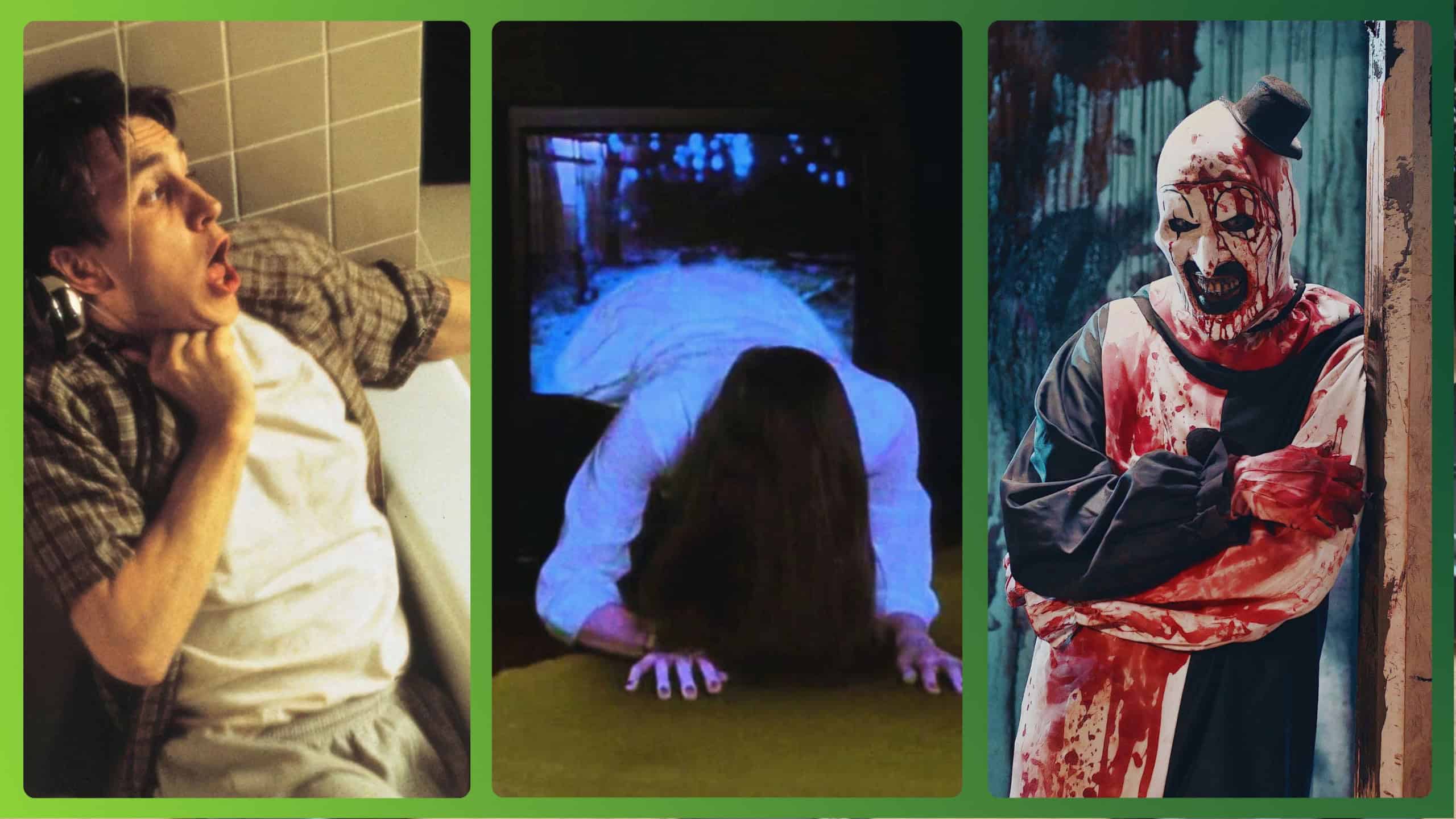-
Those who see straw objects in fashion or decoration do not always think about the origin of the material so suitable for making them. Straw has a natural origin and a versatility that allows it to be used in the most diverse types of products, both rustic and sophisticated.
Photo: image by Andrea from Pixabay / Flipar
-
Straw is an agricultural byproduct resulting from the cultivation of cereals such as wheat, corn, rice and rye. After the beans are harvested, the remaining stems and leaves, called straw, are reused.
Photo: Image by Dominik from Pixabay / Flipar
-
Since ancient times it has been used in various cultures for construction, crafts and animal feeding. Straw is popular because it is plentiful, sustainable and versatile
Photo: Facebook / Flipar reproduction
-
lightweight, easy to work with and biodegradable, making it an eco-friendly choice for a variety of uses. Additionally, it has aesthetic appeal in handcrafted, decorative, and utilitarian pieces, especially in rustic or boho designs.
Photo: Reproduction from Facebook / Flipar
-
Straw is mainly composed of cellulose, hemicellulose and lignin, substances present in plant stems. These plant fibers provide lightness and flexibility, essential characteristics for their use in woven or printed products.
Photo: Image by Franz W. from Pixabay / Flipar
-
The production process begins with harvesting the stems, which are dried in the sun to remove moisture. Subsequently the straw can be cut, pressed or crushed, depending on the use.
Photo: Image by Franz W. from Pixabay / Flipar
-
For crafts, straw is cleaned, sometimes boiled, and prepared into strips or bundles before being braided or shaped.
Photo: reproduction from Facebook Associação Braçados da Ilha / Flipar
-
The natural colors of straw vary between shades of beige, gold and light brown. To dye it, natural or synthetic dyes are used, immersed in warm water so that the fibers absorb the color.
Photo: reproduction from Facebook Associação Braçados da Ilha / Flipar
-
After dyeing, the straw is dried and can be woven or worked in the desired way to create the piece to be used.
Photo: reproduction from Facebook Associação Braçados da Ilha / Flipar
-
Beautiful hats are made with straw, both popular, such as those for the June holidays, and sophisticated, for social events, with delicate ornaments. And it works for beach models too.
Photo: Image by Karol Olson from Pixabay / Flipar
-
Straw slippers and sandals are also produced, which give a rustic touch to the costume. Likewise, fashion offers straw bags in different styles.
Photo: Disclosure / Flip
-
Straw is also used to make baskets, chairs, deckchairs, handmade toys, brushes, brooms, panels and wall decorations.
Photo: Reproduction from the ZÉ DORADIN / Flipar Youtube channel
-
Straw is used to make beautiful mats to use on beaches or in gardens for resting, sunbathing or relaxing while enjoying the breeze. A useful, practical and cool accessory.
Photo: Disclosure / Flip
-
And straw can be very useful in the kitchen as pot rests and on the table in super creative placemats to give a different touch to meal times.
Photo: Disclosure / Flip
-
Straw has advantages: it is sustainable and ecological; biodegradable, does not generate polluting waste. Therefore suitable for modern times in which the preservation of the environment is preached.
Photo: Youtube / Flipar playback
-
Straw is easy to transport and work with; light and flexible. It is aesthetically pleasing, with a rustic and natural charm.
Photo: -Flickr SBA73 / Flipar
-
But there are also disadvantages. Straw is sensitive to moisture and can rot or mold. It is flammable and therefore requires caution in hot places or near fire.
Photo: PMESP/Flipar
-
The lifespan is limited if not treated properly. Requires maintenance, such as gentle cleaning, to prevent wear.
Photo: Project SUCRE/CTBE / Flipar
To share
Source: Terra
Ben Stock is a lifestyle journalist and author at Gossipify. He writes about topics such as health, wellness, travel, food and home decor. He provides practical advice and inspiration to improve well-being, keeps readers up to date with latest lifestyle news and trends, known for his engaging writing style, in-depth analysis and unique perspectives.









